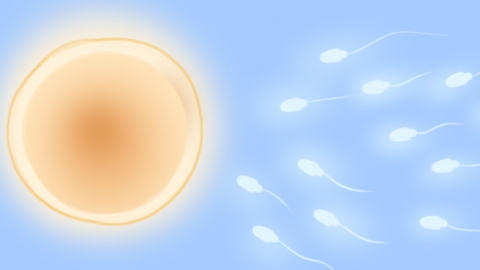What to do about low sperm count
Generally speaking, oligospermia usually refers to low sperm count, which may be caused by factors such as age, lifestyle, testicular injury, prostatitis, and varicocele. It can be treated or alleviated through general treatment, medication, or surgical treatment depending on the specific situation. It is recommended to seek timely medical attention, identify the underlying cause, and receive appropriate treatment under a doctor's guidance. Detailed explanations are as follows:

1. Age factors: As men age, testosterone levels gradually decline, which may affect semen production. This may be accompanied by symptoms such as reduced libido and erectile dysfunction. Maintaining a healthy lifestyle, such as regular exercise and a balanced diet, may help delay the decline of testicular function.
2. Lifestyle: Unhealthy habits such as smoking, excessive alcohol consumption, and lack of physical activity can all affect semen volume and may be accompanied by symptoms such as obesity and poor sleep quality. It is recommended to adjust lifestyle habits, maintain a regular schedule, and avoid staying up late or overexertion.
3. Testicular injury: Trauma or surgical damage to the testicles may impair sperm production and lead to reduced sperm count, possibly accompanied by pain and swelling. Minor injuries typically require adequate rest and avoiding further injury.
4. Prostatitis: Primarily caused by infections in the reproductive tract, the inflammatory response may affect secretory function, leading to decreased semen volume, accompanied by symptoms such as urgency and pain during urination. Patients may take medications such as ciprofloxacin hydrochloride tablets, amoxicillin tablets, or minocycline hydrochloride capsules under a doctor's instructions.
5. Varicocele: Abnormal dilation of the veins within the spermatic cord may impair blood supply to the testicles, causing impaired sperm production. It may be accompanied by pain in the scrotal area. Patients may undergo varicocelectomy or interventional therapy as directed by a physician to restore normal blood flow.
In daily life, appropriate physical exercise such as running or swimming can be performed to improve overall physical fitness.





